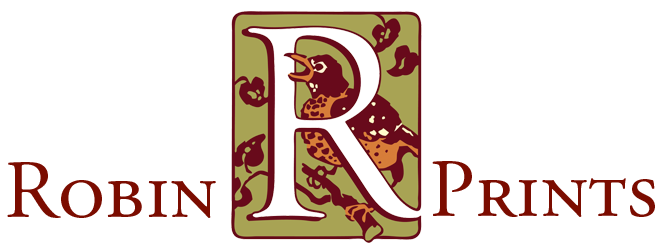Lithographs exploit the incompatibility of water and grease to transfer marks. First, greasy marks are drawn with crayon or ink onto a flat block of limestone. Water is applied to the surface, absorbed by the bare stone, but rejected by the greasy marks. Then greasy ink is rolled over the surface, rejected by the wet stone surface, but accepted by the greasy marks. The ink, laying only on the drawn marks, is pressed onto paper. (The complete process is qiute a bit more complicated than this!)
Serigraphs (or silkscreen prints) employ a stencil technique. Fine, open weave silk is stretched across a frame, like a window screen. Some areas of the screen are blocked with paper, film or other material. When ink is drawn across the screen with a squeegee, it will pass through only the unblocked areas, and onto paper.
Monotypes share the characteristics of painting and printmaking. Typically, the artist will create an image directly on a smooth, unmarked plate, using printing ink or other pigmented material. The artist can freely build upon, alter, or even eradicate the image while it remains on the plate. Upon completion, the image is transferred to paper in a press, revealing its true character. Only one impression is made, since most of the pigment has been transferred.
